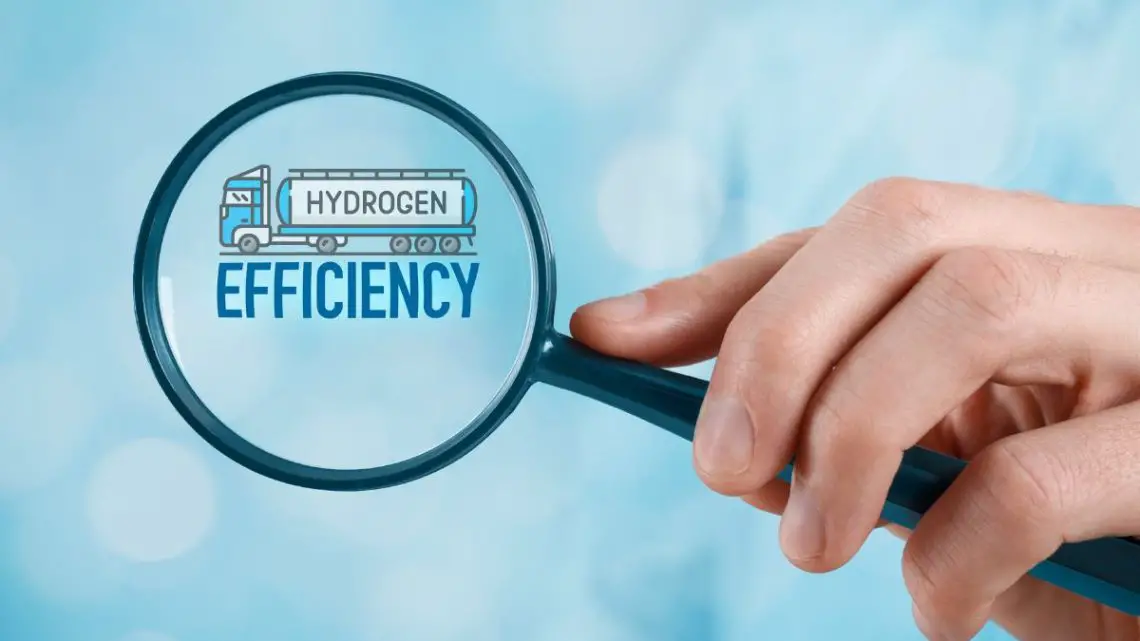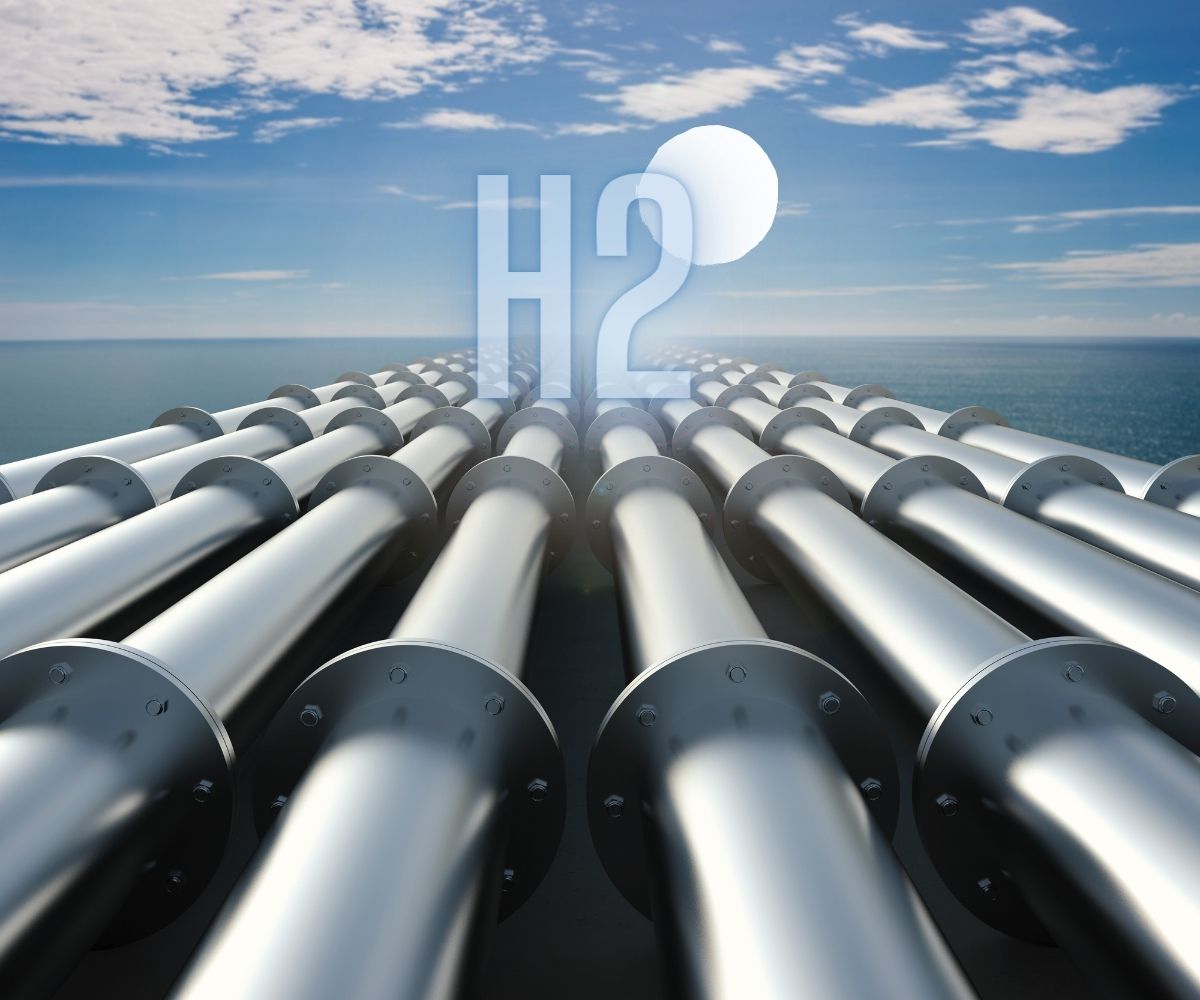
How to Maximize the Efficiency of Hydrogen as a Fuel
April 2, 2024 0 By Hydrogen Fuel NewsSustainability has become a global goal these days, with increasing awareness regarding the banes of pollution. Anthropogenic emissions have resulted in a global temperature increase of 1.1°C, which shows the gravity of the issue. As of April 2022, 131 countries responsible for 88% of greenhouse emissions had committed to net zero emissions.
The adoption of hydrogen as a fuel is a key aspect of the net zero initiative. According to 2022 statistics, global hydrogen use touched 95 million tonnes, a year-on-year increase of nearly 3%. The growth of this fuel alternative in all major consuming regions witnessed robust growth with the sharp rise in natural gas prices. As a fuel, hydrogen supports applications like heavy industries, seasonal energy storage, and long-haul transport.
While transitioning to hydrogen as an alternative fuel is a great move, it is not enough to achieve the end goal. Realizing its full potential requires maximizing its efficiency across the entire value chain, right from production to storage, transportation, and utilization.
In this article, we will explain the best practices to optimize the efficiency of hydrogen as a fuel.
Begin with Efficient Hydrogen Production Methods
The US Energy Information Administration states that hydrogen production requires its separation from the other elements in the molecules. Steam-methane reforming and electrolysis are the two most common methods used. Efficiency can be achieved by utilizing renewable energy sources such as solar power or wind for electrolytic hydrogen production. These sources reduce carbon emissions associated with hydrogen generation.
Advanced electrolyzer technologies such as solid oxide electrolysis cells (SOEC) and proton exchange membrane (PEM) can reduce production costs and improve energy conversion efficiency. Manufacturers should invest in research and development to find more ways to drive efficiency in the production process for a head start.
Optimize Storage and Transportation
Efficient production processes provide a great start for manufacturers, but they still have a long way to go. Optimizing hydrogen storage and transportation is equally critical. Advanced high-pressure storage technologies like composite materials or metal hydrides ensure greater energy density. They also reduce losses during storage and transportation.
H2MOF recommends solid-state storage at ambient temperature and low pressure to overcome the efficiency concerns. Compressing or liquefying hydrogen uses a significant amount of energy, undermining the hydrogen economy. However, solid-state technology addresses the issue and also enables more efficient transportation over longer distances.
On a larger scale, dedicated pipelines and infrastructure can ensure efficient delivery to end-users and minimize transportation losses, regardless of the distance. 
Ensure Efficient Utilization
Efficient utilization of hydrogen-powered fuel cells can provide two to three times the efficiency of conventional combustion technologies. Data shows that fuel cell systems are capable of generating electricity at efficiencies up to 60% compared to 30-35% of conventional combustion-based power plants. Similarly, hydrogen fuel-cell vehicles use 40-60% of the fuel’s energy.
Efficient utilization can conserve resources and enable zero-emission operation for vehicles and backup power systems. Hydrogen-powered combined heat and power systems facilitate the simultaneous generation of electricity and heat for maximum energy efficiency. Industrial businesses can switch to hydrogen as a fuel to improve efficiency and reduce reliance on fossil fuels.
Adopt Integrated Energy Systems
Another step to maximize the efficiency of hydrogen as a fuel is to integrate energy systems. For example, power-to-gas technologies can be used to integrate hydrogen production with renewable energy sources. With this, surplus electricity can be converted into hydrogen for a better way to store energy and stabilize grids.
Sector coupling is another tangible measure industries can implement for mutual benefit. Sectors such as industry, transportation, and electricity generation can be linked through hydrogen-based energy systems. Overall, the system can facilitate synergies and enhance overall efficiency.
Provide Policy Support and Market Incentives
The government can do its bit to help hydrogen production thrive and maximize its efficiency. The U.S. Department of Energy (DOE) already offers grants of up to $200,000 to back research and development initiatives for commercial innovations. These include EV batteries, EV charging infrastructure, and hydrogen, biodiesel, and fuel cell vehicle technologies.
Additionally, supportive policies such as renewable energy targets and carbon pricing mechanisms can incentivize investment in clean and efficient hydrogen production technologies. Creating market mechanisms like low-emission fuel standards can increase demand for hydrogen as a clean energy carrier.
In conclusion, maximizing the efficiency of hydrogen as a fuel can take its benefits to the next level. However, it requires a long-term commitment to technological advancements, infrastructure development, and supportive policies. Both manufacturers and the government should take ownership of these initiatives and ensure the best way to achieve a hydrogen economy for sustainability.
About The Author
For over 17 years, Hydrogen Fuel News has been a leading authority in the hydrogen energy sector. Our expert authors cover a wide spectrum of topics



 HFN News is your leading source for fresh hydrogen and renewable energy updates. Amid the fast-paced growth of hydrogen companies, we provide top-notch news and insights about this exciting sector. Our coverage spans from hydrogen cars to global sustainable initiatives, and we highlight the latest in green jobs and developing hydrogen hubs. We invite you to share your local hydrogen news and explore today’s renewable energy job listings on our site. Thanks for choosing HFN News as your trusted guide to the hydrogen and renewable energy world!
HFN News is your leading source for fresh hydrogen and renewable energy updates. Amid the fast-paced growth of hydrogen companies, we provide top-notch news and insights about this exciting sector. Our coverage spans from hydrogen cars to global sustainable initiatives, and we highlight the latest in green jobs and developing hydrogen hubs. We invite you to share your local hydrogen news and explore today’s renewable energy job listings on our site. Thanks for choosing HFN News as your trusted guide to the hydrogen and renewable energy world!
